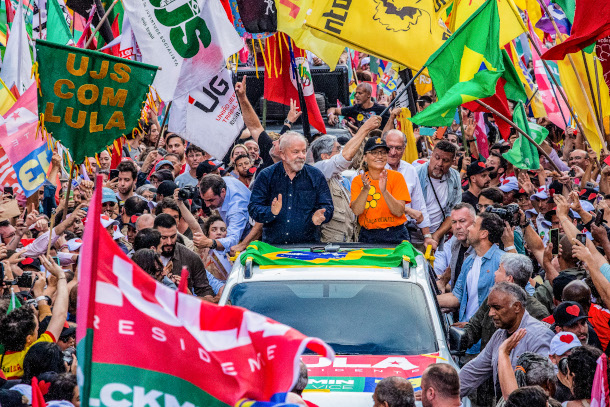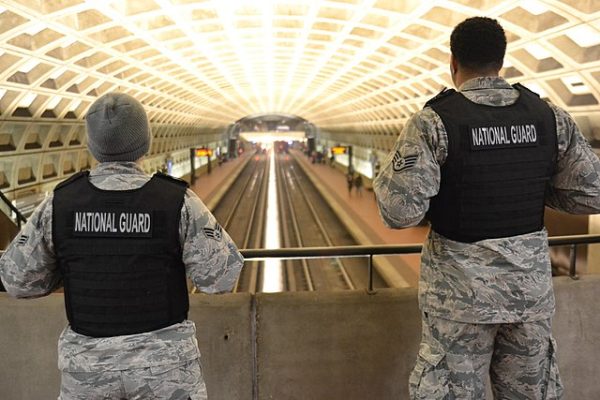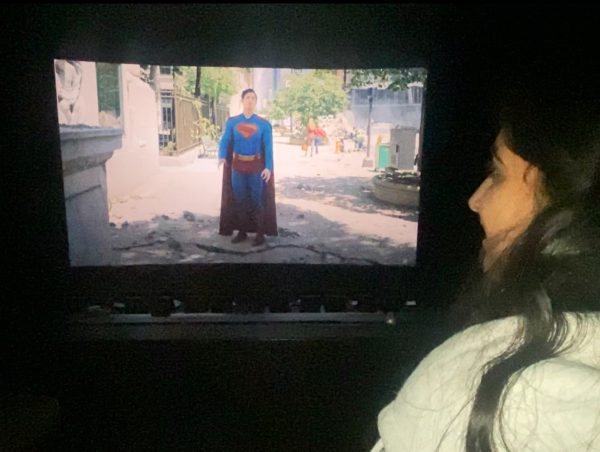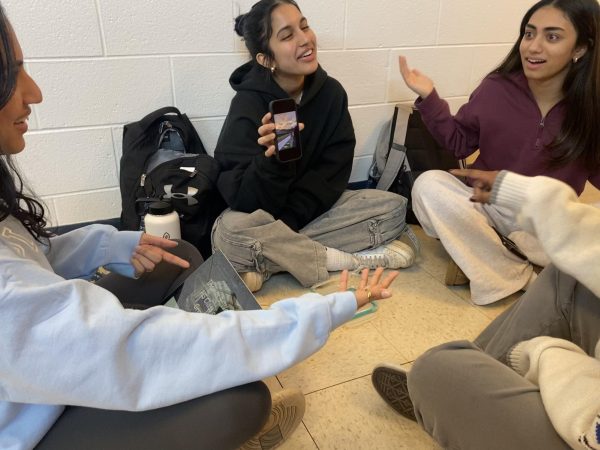The World Is Ending: Amazon Rainforest, dying?
Photo by Thayse Ribeiro, used with permission from Google Commons
Brazil’s new President Luiz Inacio Lula da Silva (left) campaigns in Porto Alegre with his wife Janja Lula da Silva (right) and Vice President-elect Geraldo Alckim (middle) on the platform of saving the Amazon Rainforest.
The Earth has stage four lung cancer, and it’s humanity’s fault. We’re the cigarettes, viciously attacking Earth’s forest lungs, and our greenhouse emissions are the deadly second-hand smoke, dirtying the air. By now, our deadly reach has metastasized far beyond just the forests, tainting the water, soil and sky that are Mother Nature’s most vital organs.
The plight of our forests isn’t new. In 2005, the Intergovernmental Panel on Climate Change estimated that anywhere between 7.5 to 8.5 gigatons of carbon dioxide was put into the atmosphere as a result of deforestation, forest degradation, drainage and fires, accounting for nearly one-third of anthropogenic greenhouse gas (GHG) emissions that year.
And nowhere is this destruction more visible than the Amazon Rainforest. A 2015 report from the World Wildlife Fund found that anywhere from 23 to 48 million hectares of forest will be destroyed or degraded by 2030.
Nearly two-thirds of the Amazon Rainforest resides within Brazil’s borders, but its foliage also spans across substantial amounts of Bolivia, Peru, Ecuador, Colombia, Venezuela, Guyana, Suriname and French Guiana. No one country owns the forest or is solely responsible for its destruction, yet years of collective exploitation have caused the ecosystem to fall into crisis. “Like everything else international governments do, they only respond to issues, not prevent them. In order to protect the Amazon more effectively, international governments need to be proactive rather than reactive,” junior Margo Brown said.
The Amazon Rainforest has long played the role of Earth’s most reliable carbon sink—meaning its trees absorb large quantities of carbon dioxide from the atmosphere and release tons of breathable oxygen into the air during the process of photosynthesis. Humanity relies heavily on the Amazon Rainforest to clean the air we constantly pollute and make it safe to breathe, but as deforestation and destruction only increase, the forest is faltering, and fast. “I feel that given the many issues progressing industrialization is causing, the deforestation of the Amazon is a preventable event, which could help maintain the health of our atmosphere and planet,” Brown said.
However, there might be a sliver of hope for the forest. On Jan. 1, Luiz Inácio Lula da Silva took office as president of Brazil. Lula campaigned on the platform of saving the Amazon Rainforest after his predecessor, Jair Bolsonaro, dismantled environmental protections and oversaw the highest relative increase in deforestation rates since the Brazilian government began measuring deforestation rates by satellite in 1988. “The world expects Brazil to once again become a leader in tackling the climate crisis and an example of a socially and environmentally responsible country,” Lula said in his inauguration speech.
Lula has proven he’s dedicated to taking steps to protecting that Amazon Rainforest by appointing Marina Silva, an environmentalist, and Sônia Guajajara, an indigenous activist, to his cabinet as Minister of the Environment and Climate Change and Minister of Indigenous Peoples, respectively. “No one knows our forests better or is more effective in defending them than those who have been here since time immemorial,” Lula said in support of the vital perspective Guajajara represents.
With Lula leading the charge to protect the Amazon Rainforest, maybe the world isn’t ending… yet.
Your donation will support the student journalists of Thomas S. Wootton High School. Your contribution will allow us to purchase equipment and cover our annual website hosting costs.
Catie is a 2023 graduate.







